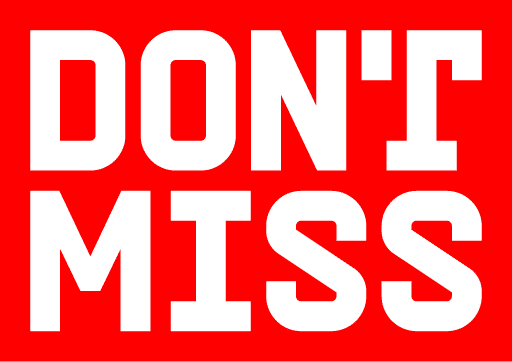Strolling through Sarajevo’s Old Town ‘Bascarsija’ towards the city centre is quite literally a journey along the city’s historical timeline. Wandering through Bascarsija’s craftsmen’s quarters one will find a labyrinth of small side streets with traditional coppersmiths hammering away at Turkish coffee sets reminiscent of Istanbul’s old trading quarters. The silver and goldsmith’s of Zlatarska Street, highlighted by the unique jewelry creations of the Sofic family (www.zlatarsofic.com), have been praised from New York to Paris. There are also a handful of young artists, from painters to handmade jewelers like Rukom on Culhan 5, carving a living for themselves in Sarajevo’s most bustling tourism area.
Saraci Street, the main artery in the Old Town where everything feeds off of, eventually leads to Ferhadija Street, where the narrow streets transform into a wide promenade lined by secessionist architecture with modern store fronts that pays tribute to the Hapsburg’s four decade reign in this part of the world. Many of the contemporary arts galleries are located in the mid-section of town, including Duplex100m2 on Obala Kulina Ban Street and the 11/07/95 Gallery next to the Cathedral. If it’s modern design that’s on your radar, look no further than Modiko Association of Fashion Workers on Tahmiscina 7, headed by Central Saint Martin’s College of Art and Design alumni Lena Stefanovic.
This at times confusing timeline mirrors the cultural DNA of this fascinating city.
It is a layer cake of art, with each slice providing a unique taste and style of both east and west. The city is physically aligned in this matter as well, running east to west along the Miljacka River, tucked below the rising peaks of the surrounding mountains that hosted the 1984 Winter Olympics to the north, south and east.
Despite the diversity and richness of Sarajevo’s cultural scene, its very existence resembles the similar struggle for survival the country faced in the early 1990’s. Stagnated by political quagmire, Sarajevo’s cultural institutions find themselves in a battle for their lives. The National Museum, the first cultural institution of its kind in Bosnia and Herzegovina, had its doors shut for over three years due to a lack of funding. Thankfully, it has again reopened its doors. The National Arts Gallery and other key symbols of the country’s cultural heritage face similar fates.
Sarajevans take nothing lying down, though.
There is an inbred sense of resistance to destructive forces. That resistance often comes in cultural forms. The Sarajevo Film Festival, now one of Europe’s must-do festivals, was born in 1994 in the midst of the longest siege in modern European history. SARTR, the Sarajevo War Theatre, produced plays, including Waiting for Godot with Susan Sontag, that were enacted by candlelight under heavy bombardment.
It is that spirit, marked from the traumas and triumphs of city under siege that has defined Sarajevo’s cultural scene today.
Danis Tanovic took home an Oscar for his film No Man’s Land in 2002 and was again nominated for best foreign film at the Oscars in 2014, Jasmila Zbanic won the Golden Bear at Berlinale in ’06 for her film Grbavica, and renowned theatre director Haris Pasovic has won major awards from Edinburgh to Singapore. Aleksandar Hemon, both one of Sarajevo’s and America’s most heralded contemporary writers, is a nominee for this year’s National Book Award for Fiction. The essence of their work is how they deal with the past and the evil aftermaths of war in order to be able to face the future. Film, theatre and music have been the traditional artistic trademarks of Sarajevo. They are the most visible products of the city’s creative identity.
Ars Aevi is home to the largest and most valuable art collection in the Balkans and possibly all of Central Europe.
During the conflict, dozens of world renowned artists rallied behind Sarajevo in show of support for what Susan Sontag described as ‘to witness, to lament, to offer a model of non-complicity, to pitch in. The duties of a human being, one who believes in right action,..’ The collection, numbering in the hundreds, is highlighted by artists such as Marina Abramovic and Bruce Nauman. The idea was that the donations were to precede the opening of a new contemporary arts gallery. That project never materialized and after years of sitting in basements gathering dust, at least part of the collection has finally seen the light of day at the Ars Aevi Gallery in Dom Mladi. This gallery too is only sporadically open due to the economic woes that continually burden Bosnia’s art scene.
Sarajevo is raw and real. Its art scene very much mirrors that reality.
They may not be the best at packaging, marketing, and curating their creations but if one looks hard enough the rewards most certainly outweigh the effort. The creative industry is one of the city’s most undervalued assets. Despite the negligence of the government in supporting the arts, the cultural front that is Sarajevo’s art scene understands the adage of Avigdoor Pawsner all too well “If you’re looking for hell, ask an artist. If you don’t find an artist, you’re already in hell.”



